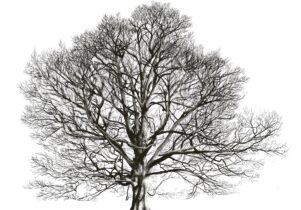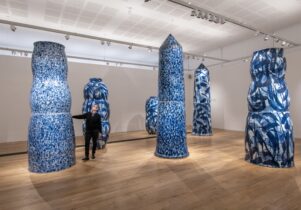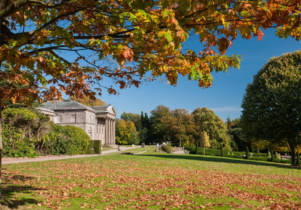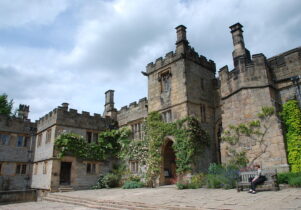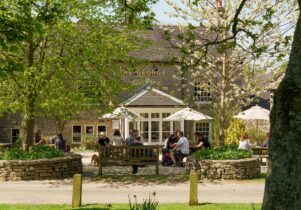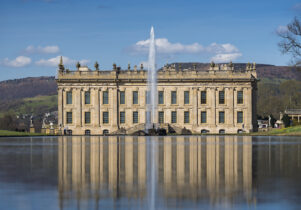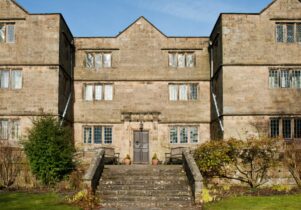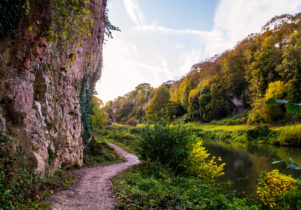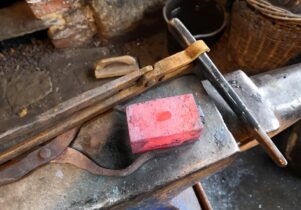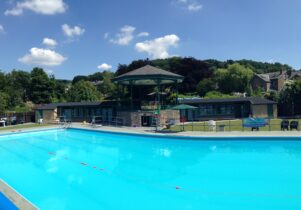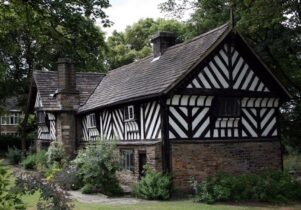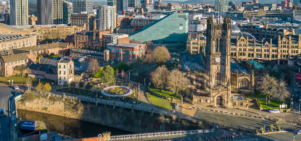Derwent Valley Mills
Jake Gill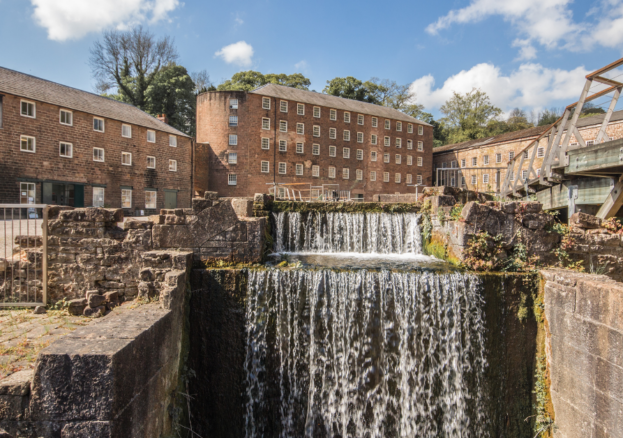
The Derwent Valley Mills is the birthplace of the modern factory system. The importance of the World Heritage Site is paramount in global history as it led to astounding technological advancements in the manufacturing industry. This 15-mile stretch of the Derwent Valley contains a series of mill complexes and worker settlements, and runs from Masson Mills at the northern entrance of the World Heritage Site, all the way to the southern boundary at the newly-renovated Silk Mill in Derby.
Included within the site is Cromford Mill, the world’s first water-powered cotton spinning mill, designed by Sir Richard Arkwright. Construction on Cromford Mill began in 1771, but the village of Cromford was much more than just a place of employment – it also included cottages for the workers to live in, allotments to grow food on, a school and an inn. Nowadays, the mill houses a visitor centre, independent retail shops, and two excellent cafés, but glimpses of the industrial past are still strewn throughout the village – to get the best views of the site, climb the footsteps up to the top of Scarthin Rock.
As you work your way south through the World Heritage Site, you will come to Belper, home to the North Mill. Here, you can find the Derwent Valley Visitor Centre, where tourists can gain an insight into the local textile traditions. For a calmer backdrop, the beautiful Belper River Gardens offer a peaceful environment to relax by the River Derwent. The market at Belper is also worth visiting – held on the second Saturday of every month, it offers some of the best local produce to try out.
To fully appreciate the sheer magnificence of the natural beauty and industrial heritage within the site, the Derwent Valley Heritage Way walk from Ladybower Reservoir to Shardlow passes through the entire World Heritage Site and provides the best balance to connect with both the history and wildlife of the region.




